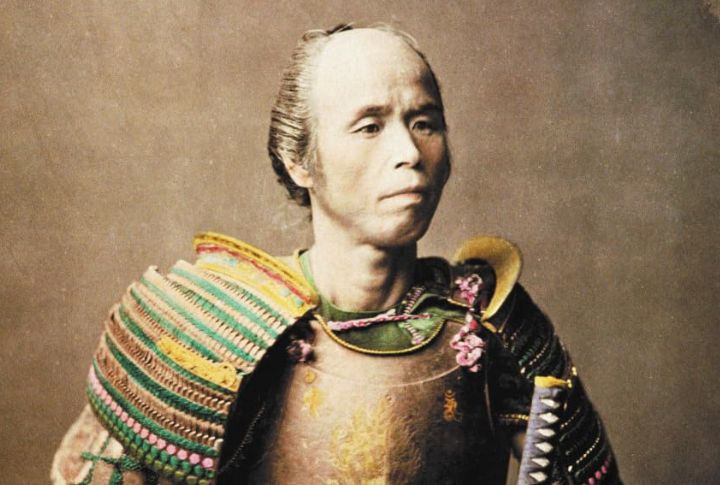
Change crept up on the samurai like a shadow they couldn’t fight. Battles gave way to politics, and swords fell silent. But before this class vanished into history books, some left behind their traces in grainy, powerful images that convey more than pages ever could. Keep scrolling to see 10 of those rare photographs.
A Samurai’s Final Portrait
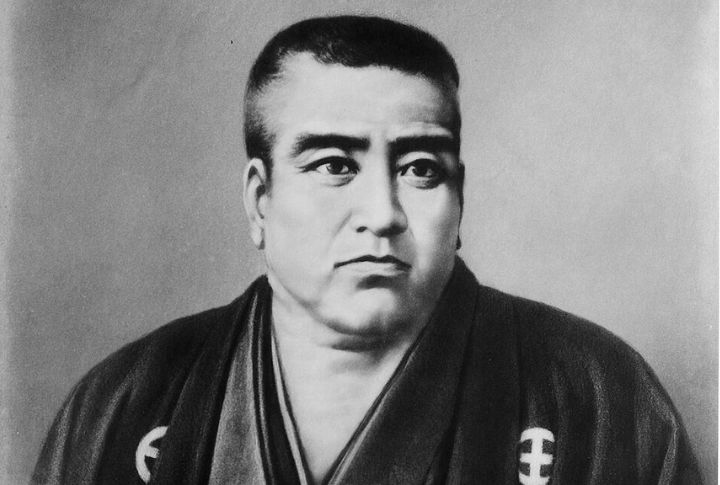
He truly posed for history. Taken in the 1860s, this image captures Saigo Takamori dressed in kamishimo, despite looming Meiji reforms. Hand-colored to preserve its dignity, the photo reflects quiet defiance. Even as imperial law edged in, he chose to wear the outlawed uniform anyway.
Two Warriors, One Last Stand
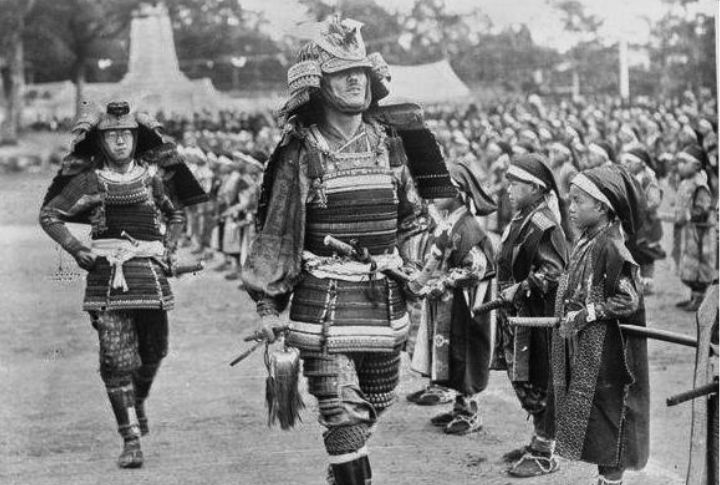
Around 1870, two men stood dressed in Edo-period kataginu and long swords—symbols already slipping into obsolescence. One even rejected the mandatory Western haircut. The photo was used in European exhibitions to show foreigners a vanishing world that once governed Japan through honor and appearance.
The Final Clan Banner
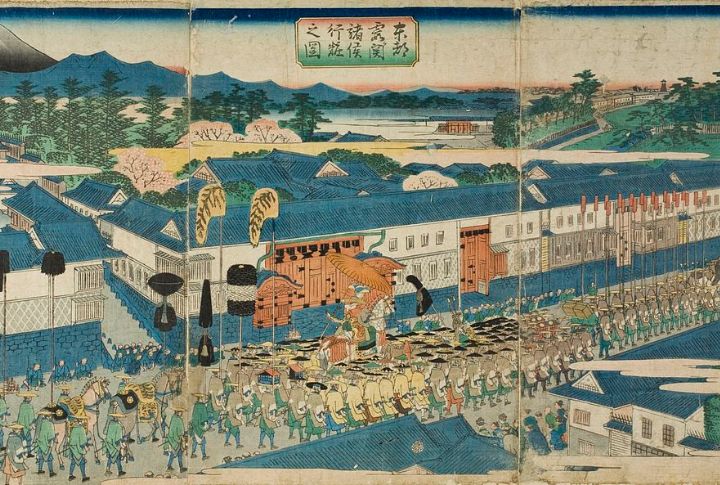
Kasumigaseki saw one final flourish before silence settled. Samurai carried their daimyo’s emblem down streets that changed by the month. The clan dissolved not long after in 1871. That once a tool of power banner now lives behind glass in a Kyoto museum.
Swordsmith And Samurai
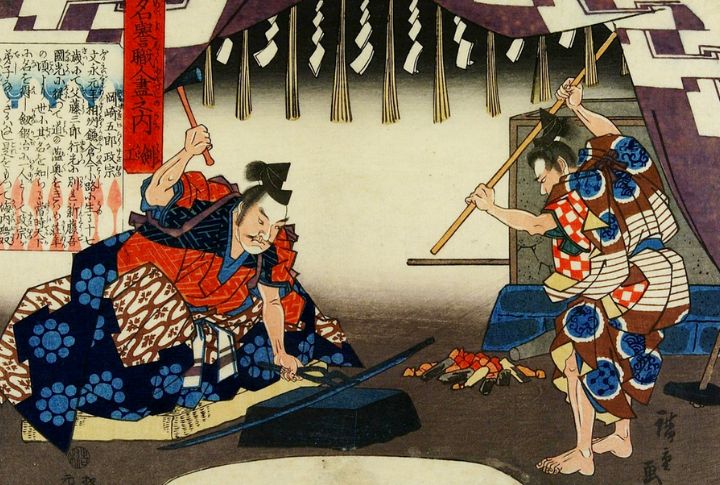
Captured in the waning days of the samurai era, this photo pairs a swordsman with the master who forged his weapon. The katana’s role faded fast by 1876, and wearing one in public was illegal. Many smiths turned to carving pork instead of pride.
The Retainer Who Wouldn’t Cut His Hair

This portrait tells a quieter rebellion. Taken in 1873, it features an older samurai fined multiple times for refusing to cut his chonmage topknot. Though outlawed in urban centers, he held fast to his role. His image eventually hung in a Tokyo barbershop.
Bowing Before Change
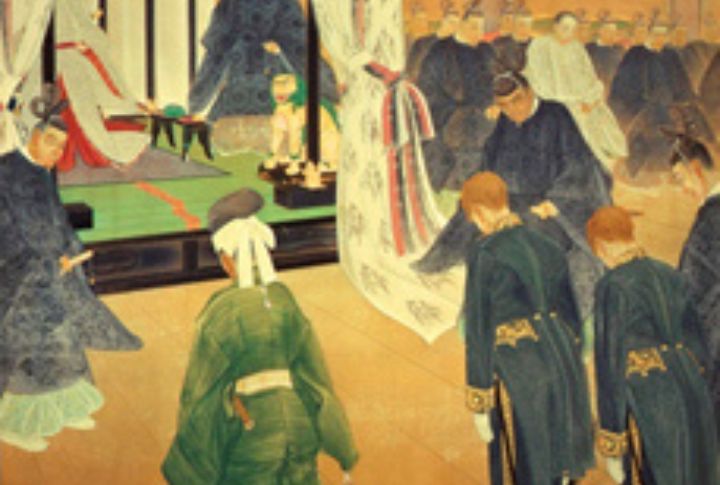
During the 1870s treaty talks, a samurai bowed before a Western envoy. The contrast couldn’t have been sharper: swords and silence on one side, suits and ink on the other. Visitors were stunned by his formality; one called him “a noble relic.”
The Last Samurai Wedding
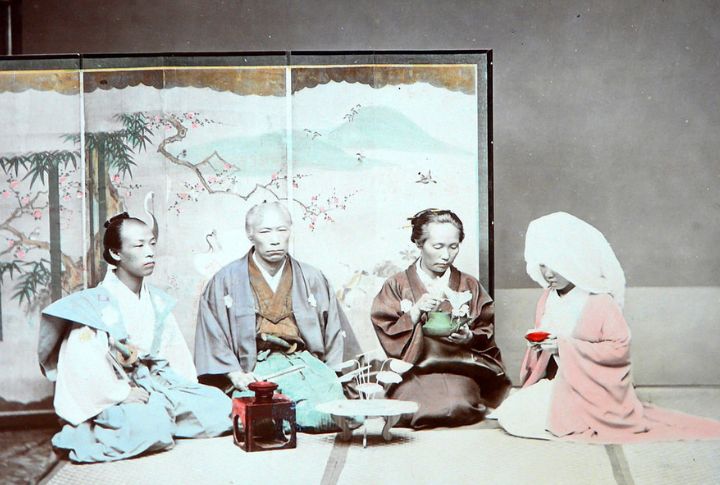
Honor not only ended with battle, but it also showed up at weddings. Captured before Japan dissolved class boundaries, this ceremony featured traditional swords and zero Western influence. The bride wore wataboshi, the groom bore daisho. That moment became the final entry in their clan’s family records.
Ronin In The New Era
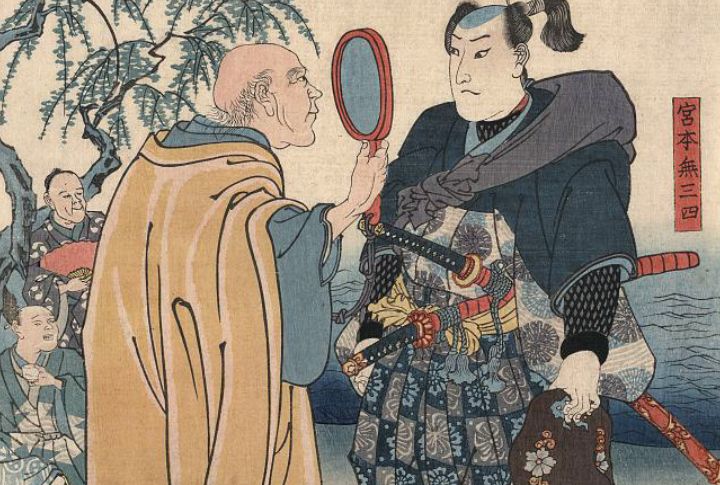
After the domains were abolished in 1871, three ronin moved through unfamiliar terrain: samurai without lords, stripped of official standing. Their blades remained, yet their place in society did not. One found work in tea. Locals quietly named them “shadow walkers,” drawn to their stillness and what it represented.
Last Muster At The Gate
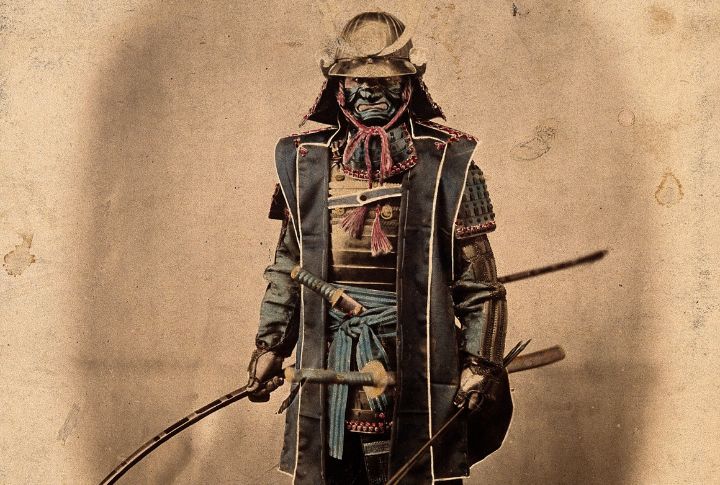
Before uniforms changed and orders came from Tokyo, a final inspection took place outside a Tokugawa-era stronghold. This photo shows samurai waiting for news that would dissolve their role. Some later wore that same armor in kabuki plays.
Hidden Armor In A Studio
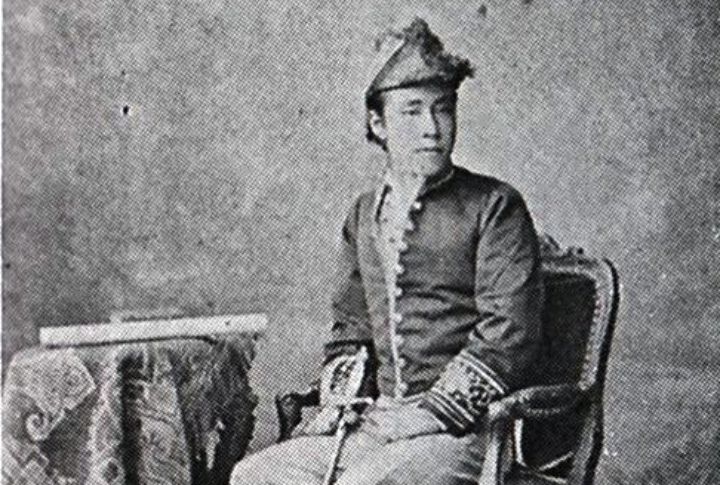
He wanted to look modern, just not entirely. In 1875, a samurai posed in Western attire at a Yokohama photo studio, secretly wearing do-maru armor underneath. The photographer didn’t notice until development. That same armor later appeared in his son’s school play to bridge past identity with present-day performance.

